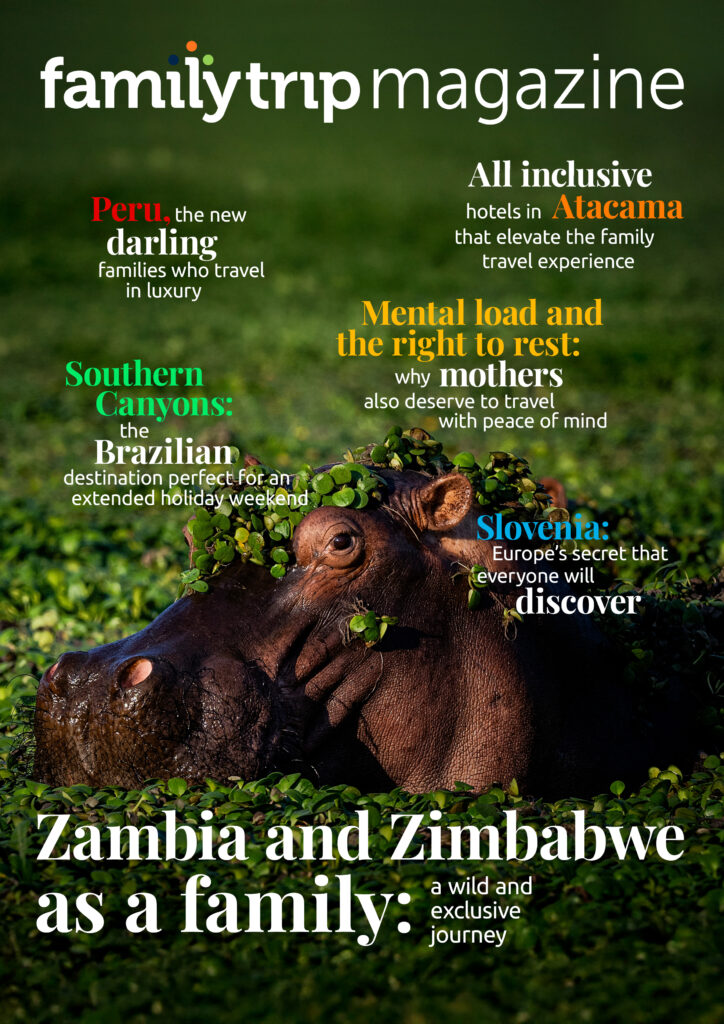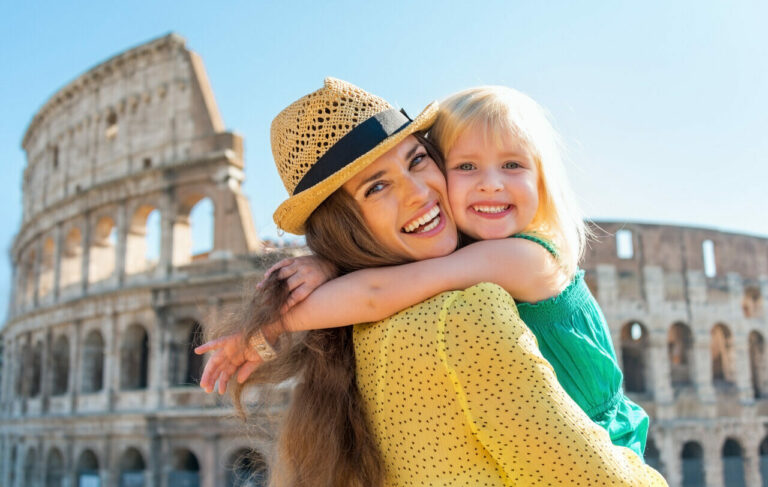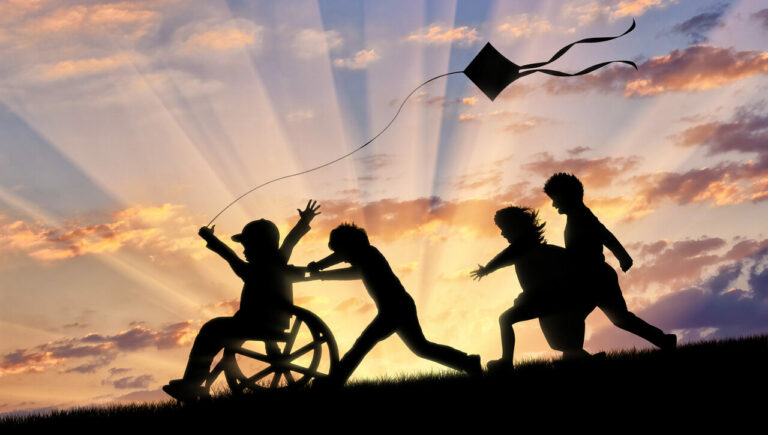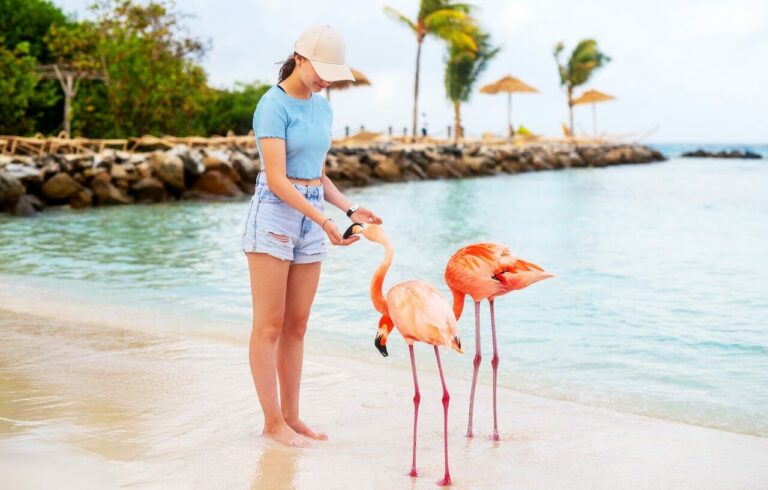
- Knowledge travel
The book that changed how we see childhood in the digital age
Contact with nature has ceased being routine to become an exception, and Richard Louv explains why this need to change
By Caroline Sundfeld
When Richard Louv published “Last Child in the Woods” in 2005, he didn’t imagine he would be creating a global movement. Two decades later, the book remains current, perhaps more than ever, and its 400 pages have become essential reading for parents, educators, and everyone who lives with children.

The title alone provokes: are we raising the last generation of children who still know nature?
The question disturbs because many parents recognize the described reality. How many times have your children preferred staying home playing games to going out to the park? How many times have you yourself suggested a mall instead of a plaza because it seemed more practical, safer, more predictable?
Louv forces an uncomfortable reflection: is our search for convenience and safety depriving children of experiences fundamental to their development? And if we are, what does this mean for their future and the planet’s?
The term that entered global vocabulary
Louv, a journalist and founder of the Children & Nature Network movement, coined an expression that today appears in educational discussions worldwide: Nature-Deficit Disorder. It’s not a medical diagnosis, but a way to name something many parents intuit: children disconnected from the natural world develop problems that go beyond sedentarism.
The work gathers research from different countries showing the correlation between contact with nature and children’s physical, emotional, social, and academic well-being. More than that: it presents evidence that lack of this contact generates measurable consequences in child health and development.
Two uncomfortable truths
The book is based on two premises that disturb because they’re as obvious as they are ignored:
“The child in nature is an endangered species” — Louv documents how, in just a few decades, we’ve gone from generations that grew up playing outdoors to children who know more cartoon characters than local plant and animal species.
Think about your own childhood. Did you climb trees? Build forts with branches? Could you distinguish different bird songs? Now observe your child: can they do this? And you, as an adult, can you still do it?
The change happened so gradually we didn’t notice. First came video games. Then the internet. Now smartphones and tablets. Each generation had “good reasons” to spend more time indoors. But the cumulative result is an almost complete disconnection.
“Child health and planet health are inseparable” — Disconnection from nature not only harms child development but also creates adults less engaged with environmental issues.
Here lies the cruel irony: we’ve created a generation conscious about climate change, but emotionally disconnected from nature. How can a child want to protect something they don’t know, haven’t experienced, don’t love? Information without experience generates superficial activism, not real transformation.
A silent change that went unnoticed
When was the last time your child came home dirty with soil? When was the last time they discovered an interesting insect and wanted to know more about it? When was the last time they asked to stay five more minutes at a park?
If these questions cause discomfort, you’re not alone. Louv interviewed hundreds of families and discovered that many parents feel a diffuse nostalgia for their own childhood, but can’t offer similar experiences to their children.
The problem isn’t just screens. It’s an entire reorganization of family life around convenience, excessive scheduling, and fear. Fear of accidents, of “strangers,” of dirt, of boredom, of improvisation.
Louv doesn’t romanticize the past, but forces an honest reflection about what has changed. Our children gained access to information, safety, and opportunities that previous generations didn’t have. But they lost something fundamental: the capacity to be fascinated by the simple.
A child who never observed an ant carrying a leaf three times bigger than itself lost a lesson about determination. One who never felt the texture of different tree barks lost an irreplaceable sensory experience. One who never stayed quiet enough to hear nature’s sounds lost a type of silence that calms the mind.
These losses may seem romantic or irrelevant given modern life’s benefits. But Louv presents evidence that they have measurable consequences: increased childhood anxiety, concentration difficulties, reduced ability to deal with frustrations and, paradoxically, less interest in protecting the environment.
Why the book remains relevant
Published when smartphones were still novelties, the book anticipated problems that have only intensified. Louv warned about children spending excessive time in front of screens when tablets didn’t even exist. Today, with virtual reality and artificial intelligence, his observations seem prophetic.
The author identified a modern paradox: children know about global warming and Amazon destruction, but can’t identify a bird’s song or have never climbed a tree. They have information about nature, but no experience with it.

Proven practical benefits
Among the discoveries compiled in the book, some stand out for their applicability:
Attention improvement: Children with ADHD show symptom improvement after outdoor activities. Natural environments function as a kind of “green therapy” without side effects.
Creativity development: Nature offers a “blank canvas” where children can draw and reinterpret their fantasies. Unlike structured toys, natural elements allow infinite possibilities of use.
Resilience building: Nature experiences expose children to gradual and controllable challenges, developing confidence and problem-solving capacity.
Stress relief: Many children report seeking natural environments when irritated or sad, finding in them a refuge that calms them.
The concept of “constructively bored mind”
One of the book’s most interesting ideas is about the importance of boredom. Louv argues that children need unstructured moments to develop creativity and autonomy.
Constructively bored children turn to books, build hideouts, take paints to create, or simply observe clouds. This type of productive leisure is essential for development, but increasingly rare in super-scheduled routines.
The problem is: our society has developed a phobia of boredom. We interpret a still child as unproductive. We fill children’s schedules with structured activities — English, swimming, soccer, music — as if every free minute were a lost opportunity.
But Louv presents evidence that children need empty spaces in their schedules as much as they need programmed activities. It’s in these “empty” moments that imagination works, that natural curiosity emerges, that the capacity to entertain oneself alone develops.
Practical solutions for urban families
The book, besides identifying problems, offers paths. Even families living in large urban centers can implement simple changes:
Balanced investment rule: For every dollar spent on technology, spend another on “real world” experiences. Choose a park instead of a mall on weekends, for example.
Backyard exploration: Even small outdoor spaces can become discovery laboratories. A planter on the balcony already offers observation and care opportunities.
Perspective change: Present natural elements as adventures, not obligations. A walk can be an “expedition” to find different leaf textures.
Adult example: Children imitate behaviors. Parents who demonstrate interest and pleasure in outdoor activities naturally transmit this to children.
Why read now?
In a world where children have access to more information than any previous generation, but fewer direct experiences with the physical world, the book offers a necessary counterpoint. Louv isn’t against technology, but proposes balance. He recognizes digital age benefits, but warns about what we lose when it becomes our only reality.
For parents who feel something is missing in their children’s childhood, even without being able to define what, the book offers explanations, but above all, concrete directions.

What does this have to do with family travel?
Families who invest in travel have the opportunity to apply the book’s concepts. Destinations that privilege contact with nature become more than entertainment — they become development tools.
Direct experiences with different natural environments like beaches, mountains, forests, deserts, expand children’s “sensory library” and create memories that influence future choices.
A trip to the Amazon, Pantanal, or even a national park offers the type of immersive experience Louv advocates: moments where children can be children, away from screens, exploring the world with all their senses.

A book for our time
“Last Child in the Woods” functions as an instruction manual for something that should be instinctive: connecting children to the natural world. It’s reading that transforms how we see parks, gardens, and even plant pots.
More importantly: it offers hope. It shows that small changes in family routine can have profound impacts on child development and the relationship future generations will have with the planet.
But it also forces reflection about the future we’re building. If we continue on the current path, what kind of adults will we be forming? People who see nature as something distant, romantic, optional? Who only feel comfortable in totally controlled environments? Who lost the capacity to be fascinated by the simple?
For an increasingly urban and digital society, the book is an urgent reminder: some human needs haven’t changed, even though our lifestyle has changed drastically. The need for contact with nature is programmed in our DNA. We can ignore it for a while, but consequences always appear.
The last child in nature doesn’t have to be the last. It depends on the choices we make today. It depends on deciding that a little dirt on clothes is worth more than an entire afternoon of screen time. That observing a butterfly is as educational as any app. That creating outdoor memories is an investment in our children’s emotional future.
Louv’s book doesn’t offer magic solutions, but the courage to question whether we’re really prioritizing what matters in our children’s education. And the hope that there’s still time to change.
Things the Way Family love to pack in their suitcase:
Gate
Eletronics for the travel: smartphone, drone, câmera, charger,…
Destiny
UV clothes, bikinis, caps, diving goggles, snorkel mask and other accessories…

















